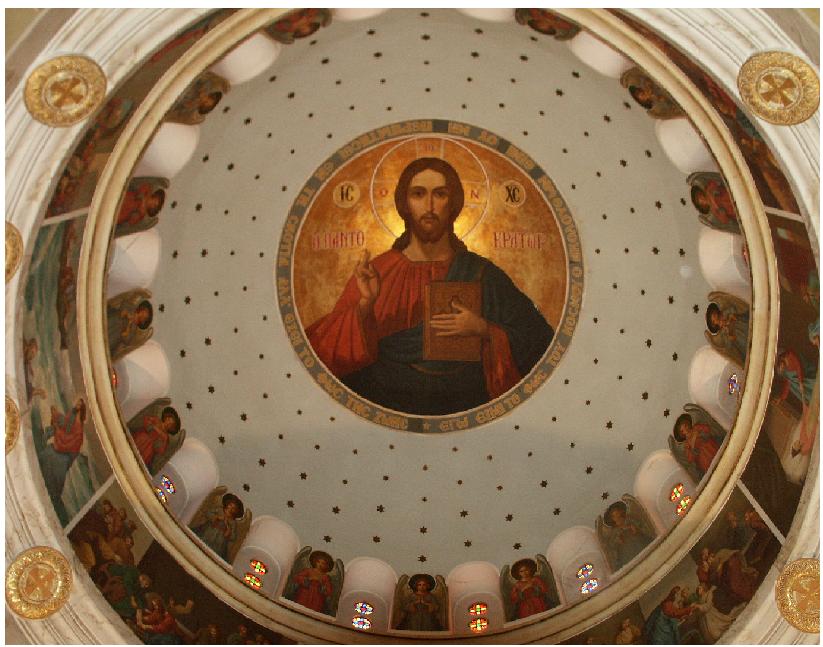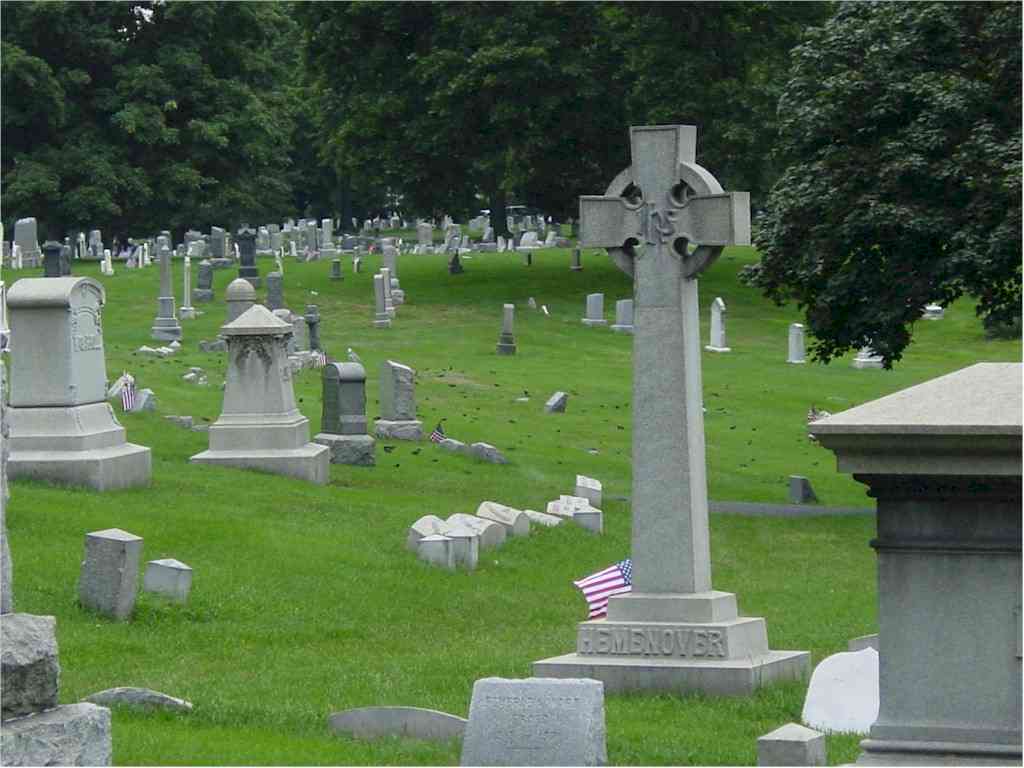
To the church of God that is in Corinth, to those sanctified in Christ Jesus, called to be saints together with all those who in every place call upon the name of our Lord Jesus Christ, both their Lord and ours.
1 Cor. 1:2 ESV
Who is a saint on All-Saints Day? Let’s break down each term.
Who is a saint? You are, if you have given your life to Christ receiving him both as your Savior and Lord.
What is a saint? A saint is not someone who is perfect, but a sinner who looks to Christ for life-transforming grace in their chronic weaknesses and on-going struggles. Saints are not those who perform adequately in the spiritual life, but are those who most available to the Holy Spirit’s gifts and power. Saints are needy, they know they cannot live the Christian life by their own energy and resources. Biblical saints look constantly to Christ for help. They know their need for Christ. True saints are not the most adequate, but the most desperate for Christ and his love.
What is All-Saints Day? All-Saints Day is celebrated every year on November First, a day set aside to honor those men and women of the past who trusted Christ though want, need, rejection, and persecution.
To be holy does not mean being superior to others: the saint can be very weak, with many mistakes in his life. Holiness is this profound contact with God, becoming a friend of God: it is letting the Other work, the Only One who can really make the world both good and happy.

